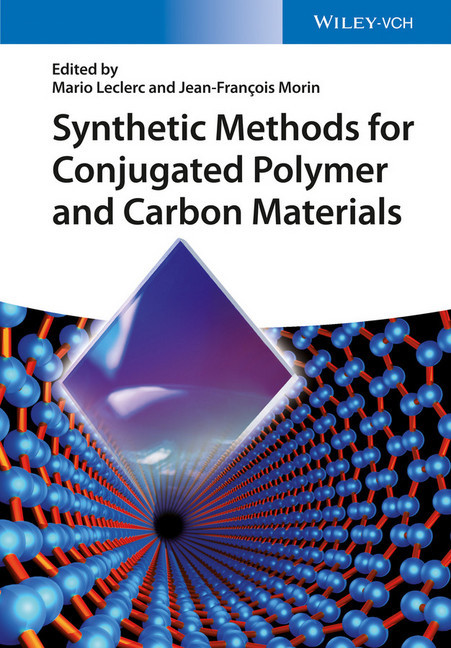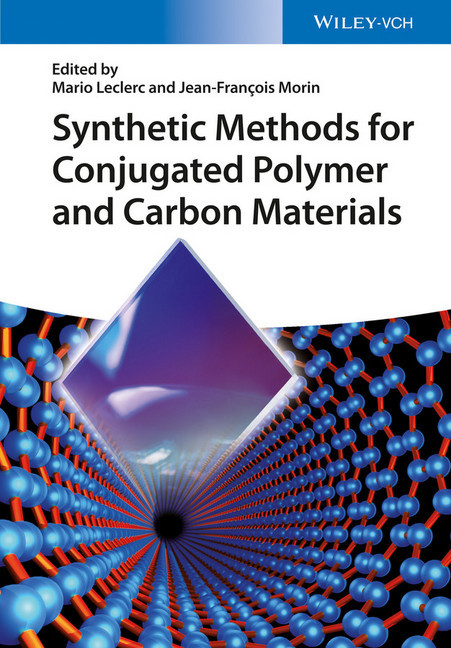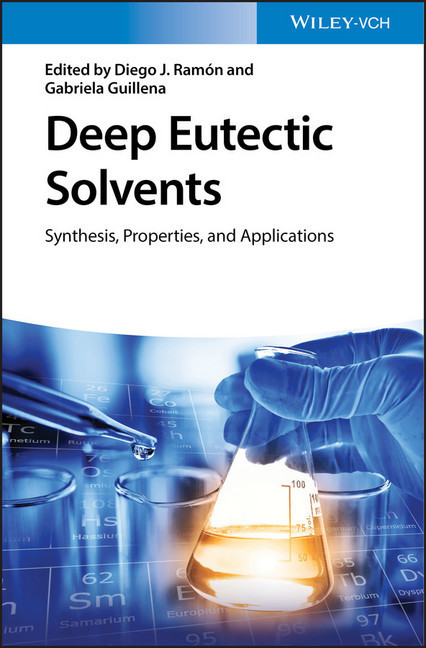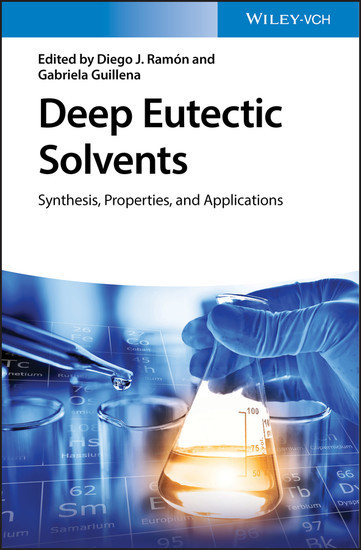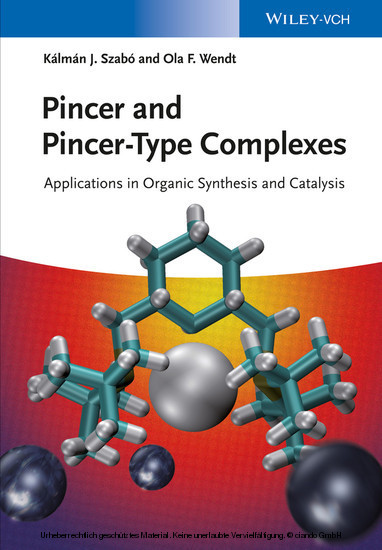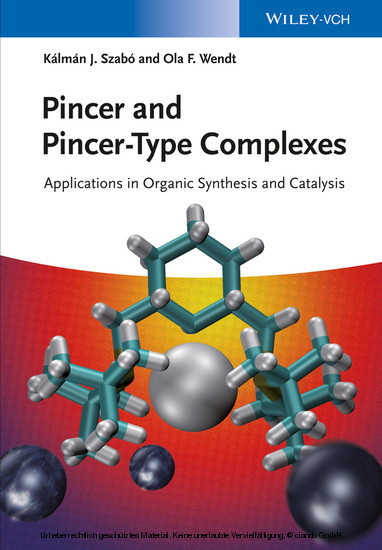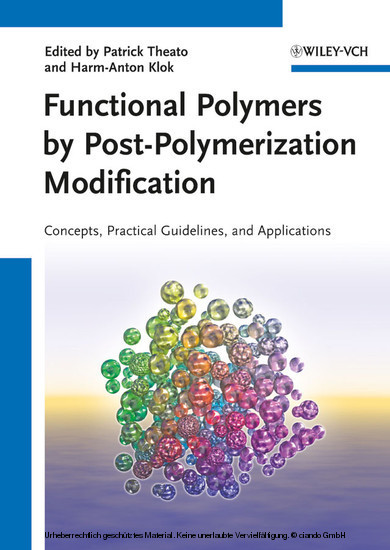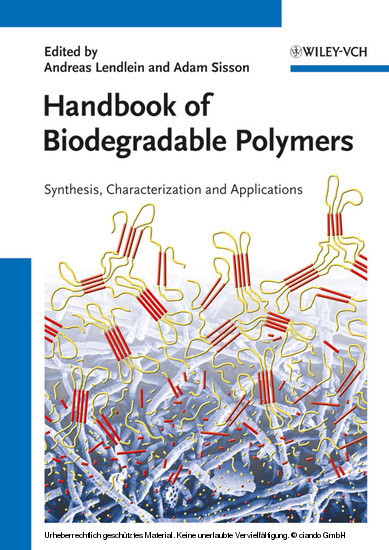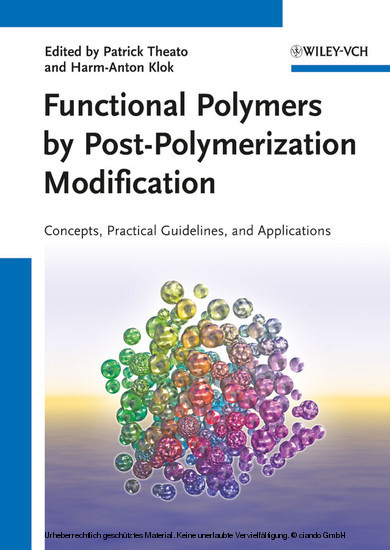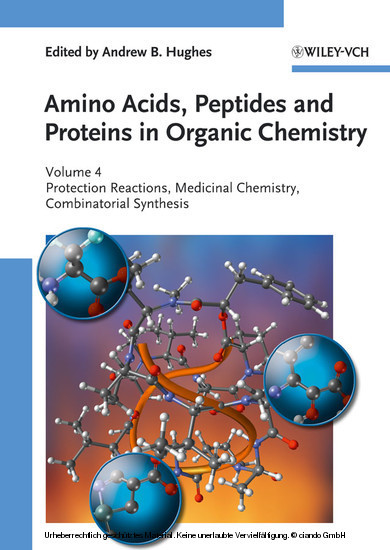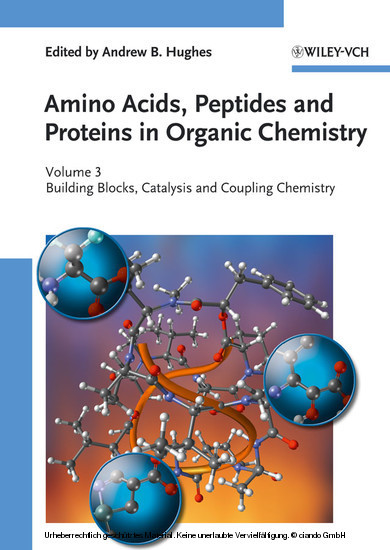Synthetic Methods for Conjugated Polymer and Carbon Materials
A concise and practical overview of the most important modern synthetic aspects of conjugated polymers and carbon materials, including their properties and applications.
Well structured, this book summarizes recent achievements, outlines the current state and reviews research trends. As such, a wide variety of polymerization techniques are included on both a strategic as well as a practical level, including Stille, Suzuki , and direct (hetero)arylation polymerizations. Furthermore, it covers various carbon-rich materials, such as graphene and carbon nanotubes, followed by a look at how the different synthetic pathways and strategies influence their final properties, for example, for use in organic electronic devices. The whole is rounded off with a discussion of future technology advances.
An essential reference for newcomers as well as experienced researchers in the field.
Mario Leclerc obtained a PhD in chemistry from the Universite Laval, Quebec City, Canada, in 1987. After a short post-doctoral stay at INRS-Energie et Materiaux near Montreal, he joined the Max-Planck-Institute for Polymer Research in Mainz, Germany, as a post-doctoral fellow in the research group of Prof. Dr. G. Wegner. In 1989, he accepted a position of professor at the department of chemistry of Universite de Montreal. In 1998, he moved to Universite Laval to join the Centre de Recherche sur les Materiaux Avances (CERMA). Since 2001, he is the recipient of the Canada Research Chair (Tier 1) on Electroactive and Photoactive Polymers. His current research activities include the synthesis and characterization of new conjugated oligomers and polymers for applications in the areas of micro-electronics, electro-optics, energy and genomics.
Prof. Leclerc has authored more than 250 scientific publications and 10 book chapters and has 10 patents.
Jean-Francois Morin obtained a PhD in chemistry from the Universite Laval, Quebec City, Canada, in 2004, under the supervision of Professor Mario Leclerc. His work focused on the design, synthesis and characterization of oligo- and poly(2,7-carbazole)s for organic electronic. He joined Professor James M. Tour's group at Rice University (Houston, USA) as a postdoctoral research associate where he worked on the development of self-propelled nanomachines on surfaces. In 2006, he moved back to the Universite Laval, Department of Chemistry, as an Assistant Professor. His current research activities include the synthesis and characterization of carbon nanomaterials, dendrimers for bio-related applications and organic semiconductors.
Prof. Morin has authored more than 60 scientific publications and several book chapters and has 4 patents.
1;Cover;1 2;Title Page;5 3;Copyright;6 4;Contents;7 5;List of Contributors;11 6;Chapter 1 Stille Polycondensation: A Versatile Synthetic Approach to Functional Polymers;13 6.1;1.1 Introduction;13 6.1.1;1.1.1 History of the Stille Reaction (and Polycondensation);14 6.2;1.2 Reaction Mechanism;15 6.2.1;1.2.1 Simplified Mechanism;15 6.3;1.3 Reaction Conditions;18 6.3.1;1.3.1 Catalyst and Ligand;19 6.3.2;1.3.2 Solvent;21 6.3.3;1.3.3 Additive;22 6.3.4;1.3.4 Temperature;23 6.4;1.4 Examples of Functional Materials Synthesized by Stille Polycondensation;24 6.4.1;1.4.1 Nonlinear Optical (NLO) polymers;25 6.4.2;1.4.2 Organic Photovoltaic Polymers;28 6.4.3;1.4.3 Organic Field Effect Transistor (OFET) Polymers;40 6.4.4;1.4.4 Organic Light-Emitting Diode (OLED) Polymers;47 6.4.5;1.4.5 Other Functional Materials;50 6.5;1.5 Challenge and Outlook;54 6.5.1;1.5.1 Advantages of the Stille Reaction;54 6.5.2;1.5.2 Disadvantages of Stille Reaction;56 6.6;1.6 Summary;59 6.7;References;60 7;Chapter 2 Suzuki Polycondensation;71 7.1;2.1 Introduction;71 7.2;2.2 Mechanism of Suzuki Coupling and Suzuki Polycondensation;72 7.3;2.3 Catalysts;74 7.4;2.4 Reaction Conditions for Suzuki Coupling;77 7.4.1;2.4.1 Bases, Water, Solvents;78 7.4.2;2.4.2 Microwave-Assisted Reactions;79 7.5;2.5 Side Reactions;79 7.6;2.6 AB versus AA/BB Suzuki Polycondensation;83 7.7;2.7 Monomer Purity, Stoichiometry, and Solvents;85 7.8;2.8 Monomers for SPC;87 7.8.1;2.8.1 Boron Monomers;87 7.8.2;2.8.2 Halide and Other Monomers;92 7.9;2.9 Chain Growth SPC;93 7.10;2.10 Scope and Applications of SPC;94 7.11;2.11 Conclusion;97 7.12;References;98 8;Chapter 3 Controlled Synthesis of Conjugated Polymers and Block Copolymers;109 8.1;3.1 Introduction;109 8.2;3.2 Approaches to Controlled Polymerizations;109 8.2.1;3.2.1 Catalyst Transfer Polymerizations;109 8.2.2;3.2.2 Controlled Polymerizations Based on Deactivation of the Monomer;115 8.3;3.3 End-Functionalized Polymers;118 8.3.1;3.3.1 Introduction;118 8.3.2;3.3.2 External Functionalized Initiators;118 8.3.3;3.3.3 End-Capping;123 8.3.4;3.3.4 Heterobifunctional Conjugated Polymers;124 8.4;3.4 Block Copolymers;124 8.4.1;3.4.1 Grafting-to Method;124 8.4.2;3.4.2 End-Functional Polymer Copolymerization Method;125 8.4.3;3.4.3 Grafting-from Method;126 8.4.4;3.4.4 Sequential Monomer Addition;126 8.5;3.5 Other Copolymers;129 8.6;References;129 9;Chapter 4 Direct (Hetero)arylation Polymerization;143 9.1;4.1 Introduction;143 9.2;4.2 First Examples of Direct (Hetero)arylation Polymerization;146 9.3;4.3 Selectivity and Reactivity Problems;150 9.4;4.4 En Route to Defect-Free Conjugated Polymers;154 9.5;4.5 Outlook;162 9.6;References;162 10;Chapter 5 Continuous Flow Synthesis of Conjugated Polymers and Carbon Materials;171 10.1;5.1 Introduction to Flow Chemistry;171 10.2;5.2 Conjugated Polymers;173 10.3;5.3 Carbon Materials;185 10.4;5.4 Material Processing;189 10.5;5.5 Summary;190 10.6;References;190 11;Chapter 6 Synthesis of Structurally Defined Nanographene Materials through Oxidative Cyclodehydrogenation;195 11.1;6.1 Introduction;195 11.2;6.2 Synthesis of Nanographene Molecules through Oxidative Cyclodehydrogenation;198 11.2.1;6.2.1 Solution Synthesis of Extended Nanographene Molecules with FeCl3 and AlCl3;198 11.2.2;6.2.2 Complementary Cyclodehydrogenation Methods for the Solution Synthesis of Nanographene Molecules;200 11.2.3;6.2.3 Synthesis of Nanographene Molecules with Seven- and Eight-Membered Rings;207 11.2.4;6.2.4 Synthesis of Heteroatom-Doped Nanographene Molecules;210 11.2.5;6.2.5 Nanographene Molecules through Surface-Assisted Cyclodehydrogenation;214 11.3;6.3 Bottom-Up Synthesis of Graphene Nanoribbons;216 11.3.1;6.3.1 Graphene Nanoribbons from Solution-Mediated Cyclodehydrogenation;217 11.3.2;6.3.2 Graphene Nanoribbons from Surface-Assisted Cyclodehydrogenation;220 11.4;6.4 Conclusions;229 11.5;References;230 12;Chapter 7 Photochemical and Direct C-H Arylation Routes toward Carbon Nanomaterials;241 12.1;7.1 Introduction;241 12.2;7.2 Photochemica
Leclerc, Mario
Morin, Jean-Francois
| ISBN | 9783527695980 |
|---|---|
| Artikelnummer | 9783527695980 |
| Medientyp | E-Book - PDF |
| Copyrightjahr | 2017 |
| Verlag | Wiley-VCH |
| Umfang | 312 Seiten |
| Sprache | Englisch |
| Kopierschutz | Adobe DRM |

